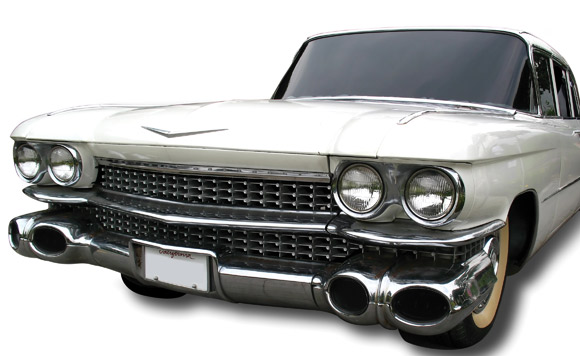by William Webster –
As a child of the ’50s and ’60s, for me cars were very much a part of growing up.
Every year each manufacturer’s models were completely different from the previous years and many families, including my own, hit the road in early September to visit all the car dealers and see what was new.
This was a whole day out and very exciting; as a kid I knew every model and its year. It was always a big deal when the family, or our neighbours, got a new car. Much visiting was involved and then the oohs! and aahs! began, along with beers for the guys while they stared under the hood and the ladies remarked on the interior and exterior colour.
It was a time for youth: the war was over, most had a decent job, everyone wanted new gadgets and the car was a symbol of success. A young man without a car was in trouble: his social life often depended on having a car! Moving away from home was not easy and living with a girl outside of marriage got the whole neighborhood talking, so you really craved the independence that car ownership brought to you. Everything centered on the “Drive In!” Tray service at White Spot or A&W with your girl was a cool way to start or end the evening. Drive-In movies were everywhere and getting a girl to go with you was, or could be, life changing!
With the gas crunch of the ’70s, major changes began in the automobile industry with emission controls, low horsepower engines that ran really badly or cars that rusted away. For about two decades cars got boring and were very poorly designed and constructed. The market for economy cars began and imports from Japan started to gain popularity as people realized they were better constructed than many of our domestic vehicles.
The old automobile enthusiasm was beginning to disappear and cars reverted to just a means of transportation. Fortunately in the mid-’90s the industry began to wake up again and produce some interesting cars, bringing back some of the old enthusiasm for driving. At last the quality began to improve, giving the imports some competition, but by this time their foot was firmly in the door. We now enjoy the opportunity to buy cars from all over the world, along with some great domestic automobiles.
I am not sure if we will ever again see the same pure joy of car ownership as during the ’50s and ’60s, but the quality of our cars now far exceeds those of that era. Current cars are much safer, smoother, faster, more comfortable and easier to maintain than they were then and it is very hard to buy a really poor new car these days.
I think the moral of this story is: the “Good Old Days” were good, but there’s not much wrong with today either. “Happy Motoring!”




